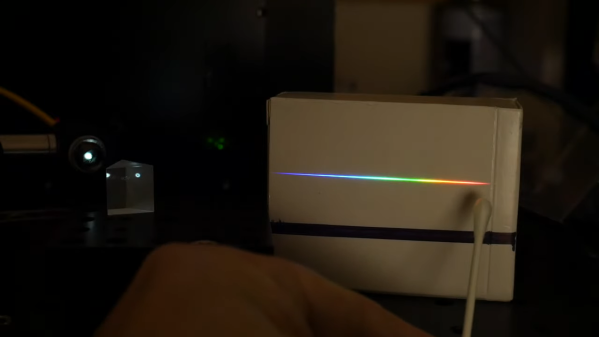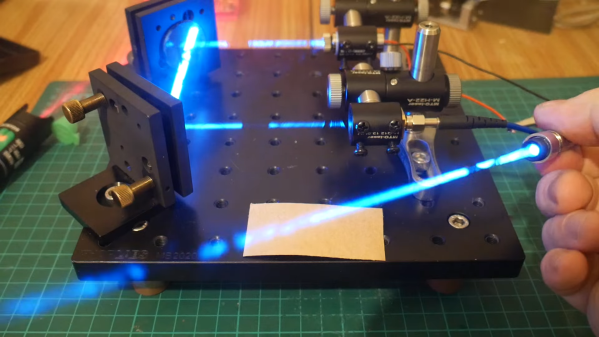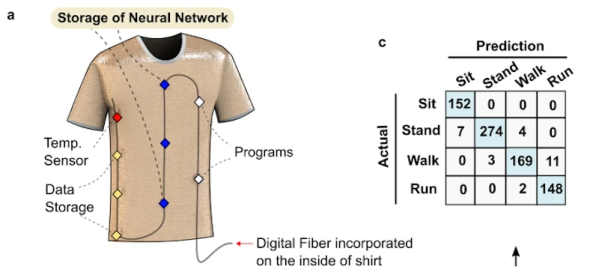The goalie mask, at least the retro-styled fiberglass types from the 60s and 70s, hasn’t been used in hockey for about 50 years — it’s instead made many more appearances in horror movies than on ice rinks. Since then, though, there’s been very little innovation surrounding the goalie mask even though there’s much more modern technology that could theoretically give them even greater visibility. [Surjan Singh] is hoping to use his engineering and hockey backgrounds to finally drive some improvements.
The “uncage” is based on Dyneema thread, a polyethylene fiber known for its strength and durability. It’s often used in applications that demand high strength with minimal weight, such as for sails or backpacking equipment. Using strands of Dyneema woven through a metal support structure is what gives this mask its high strength while also improving the visibility through it dramatically. [Surjan] has been prototyping this design extensively, as there were some issues with the fibers chafing on attachment points on the metal frame, but most of these issues have been ironed out or are being worked on currently.
In the meantime, [Surjan] has been looking for a professional-level goalie to help refine his design further and does seem to have some interest, but it doesn’t seem to have progressed past testing in the more controlled test environments yet. It’s not too far-fetched to imagine this as the future of goalie masks in professional hockey though since some innovation after 50 years of relative stagnation seems to be due. For something more accessible to those of us not currently playing in the NHL, though, you can wheel, snipe, and celly on this air hockey table instead.

















